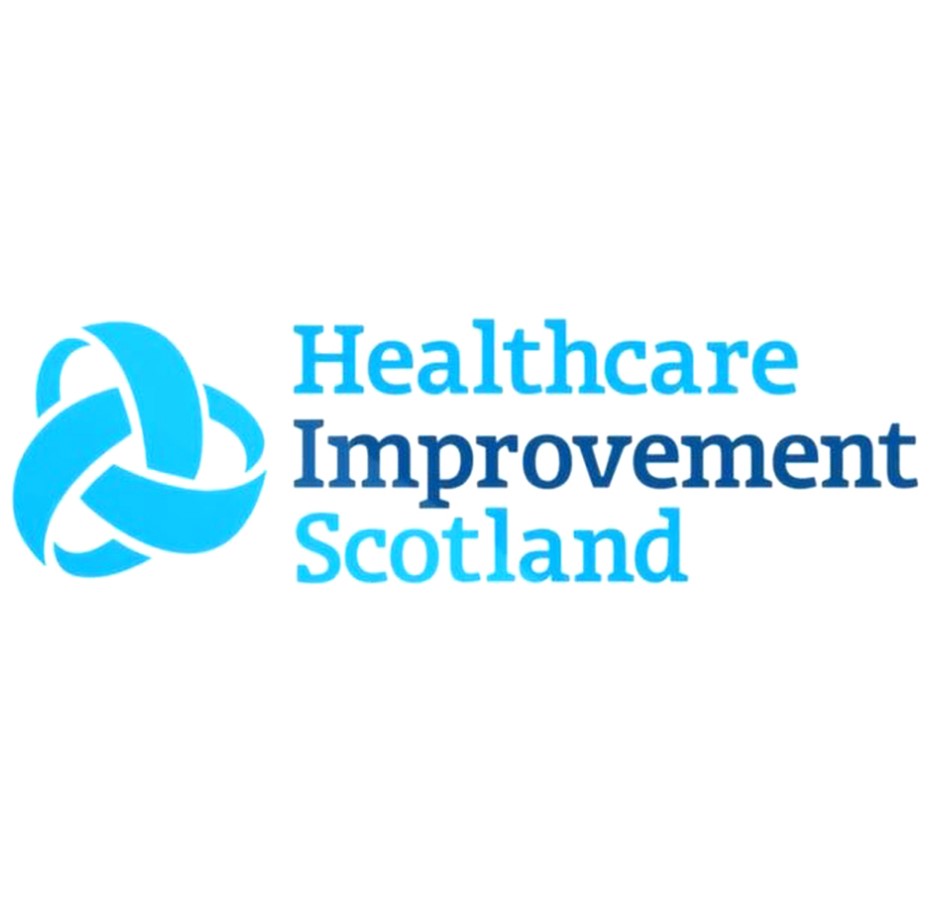Allard P, Lamontagne C, Bernard P, Tremblay C. How effective are supplementary doses of opioids for dyspnea in terminally ill cancer patients? A randomized continuous sequential clinical trial. J Pain Symptom Manage. 1999;17(4):256-65.
Booth S, Bausewein C, Higginson I, Moosavi SH. Pharmacological treatment of refractory breathlessness. Expert review of respiratory medicine. 2009;3(1):21-36.
Chan KS, Tse DMV, Sham MMK, Thorsen AB. Palliative medicine in malignant respiratory diseases. In: Hanks G, Cherny N, Christakis NA, Fallon M, Kaasa S, Portenoy RK, editors. Oxford Textbook of Palliative Medicine. 4th ed. Oxford: Oxford University Press; 2010.
Dorman S, Jolley C, Abernethy A, Currow D, Johnson M, Farquhar M, et al. Researching breathlessness in palliative care: consensus statement of the National Cancer Research Institute Palliative Care Breathlessness Subgroup. Palliat Med. 2009;23(3):213-27.
Johnson MJ, Abernethy AP, Currow DC. Gaps in the evidence base of opioids for refractory breathlessness. A future work plan? J Pain Symptom Manage. 2012;43(3):614-24.
Mahler DA, Selecky PA, Harrod CG, Benditt JO, Carrieri-Kohlman V, Curtis JR, et al. American College of Chest Physicians consensus statement on the management of dyspnea in patients with advanced lung or heart disease. Chest. 2010;137(3):674-91.
Rocker G, Horton R, Currow D, Goodridge D, Young J, Booth S. Palliation of dyspnoea in advanced COPD: revisiting a role for opioids. Thorax. 2009;64(10):910-5.
Simon ST, Bausewein C, Schildmann E, Higginson IJ, Magnussen H, Scheve C, et al. Episodic breathlessness in patients with advanced disease: a systematic review. J Pain Symptom Manage. 2013;45(3):561-78.
Simon ST, Higginson I, Booth S, Harding R, Weingartner V, Bausewein C. Benzodiazepines for the relief of breathlessness in advanced malignant and non‐malignant diseases in adults. 2016 [Accessed 11 December 2018]; Available from: https://www.cochranelibrary.com/cdsr/doi/10.1002/14651858.CD007354.pub3/epdf/standard.
Spathis A, Davies HE, Booth S. Respiratory Disease: From advanced disease to bereavement. 5th ed. Oxford: Oxford University Press; 2011.
Twycross R, Wilcock A, Howard P. Palliative Care Formulary PCF4. 4th ed. England: Pharmaceutical Press; 2011.

